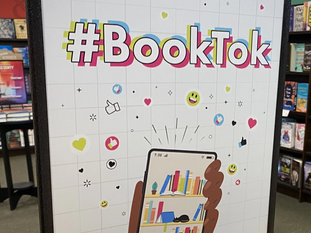
La publicación de un libro es un sueño hecho realidad para muchos autores, pero elegir el camino adecuado puede ser un desafío. Las dos principales opciones son la publicación tradicional y la auto publicación (o publicación independiente).

The key differences between the two options are explored below to help authors decide which is the best alternative.
Publication Process
- Traditional: In this model, the author sends his or her manuscript to publishers or literary agents. If they accept it, the publisher takes care of everything: editing, design, printing, distribution and marketing. The author is part of the process, but has no absolute control over the details.
- Independent: The author assumes full control of his or her work. This means taking care of editing, design, marketing and distribution. Platforms such as Amazon KDP, IngramSpark or Lulu facilitate self-publishing.
Costs
- Traditional: The publisher covers all production costs. The author makes no financial investment, but receives lower royalties.
- Independent: The author bears the costs of services such as professional editing, cover design, marketing, and printing. Although there may be a considerable initial investment, sales profits are usually higher.
Author's Rights (Copy Rights)
- Traditional: By signing with a publisher, the author gives up the copy rights to the work, such as publishing, translation or adaptation rights.
- Independent: The author retains all rights and has full freedom to decide how to manage his or her work.
Royalties
- Traditional: Royalties range from 5% to 25% of the sales price. If the author received an advance, royalties are not paid until that amount is covered.
- Independent: Depending on the platform, royalties can range from 35% to 70%, resulting in higher revenue per sale.
Creative Control
- Traditional: The publisher makes creative decisions, such as cover design and title. Although the author has a say, the final decision is made by the publisher.
- Independent: The author has total creative freedom to define all aspects of the book, from cover to content.
Distribution
- Traditional: Publishers have distribution networks that to some extent guarantee the book's presence in physical bookstores, digital bookstores and literary fairs.
- Independent: Distribution depends on the author and the platforms used. Although platforms such as Amazon offer a global reach, the presence in physical bookstores may be limited.
Recognition
- Traditional: Publishing with a recognized publisher may grant greater prestige due to the rigorous selection process.
- Independent: Although not initially backed by a publisher, many independent authors have achieved success with effective marketing strategies.
Timing
- Traditional: It can take months or even years from manuscript acceptance to publication, as the publisher sets the release date according to their schedule.
- Independent: The author decides the pace. If everything is ready, the book can be published in a matter of weeks.
In conclusion, the choice between traditional or independent publishing depends on the author's objectives, budget and the level of control the author wishes to have over the work. If prestige and logistical support are priorities, traditional publishing may be the best option. On the other hand, those who prefer creative freedom, have a strategic plan and are willing to invest time and resources may find great benefits in self-publishing.
Both paths can lead to success if they are well planned. The decision depends on the author and their literary goals.
The Book Industry is here to support authors every step of the way, whether they prefer independent publishing or pursue traditional options. Our team offers advice and tools to help writers realize their vision.
Learn more at thebookindustry.com.






